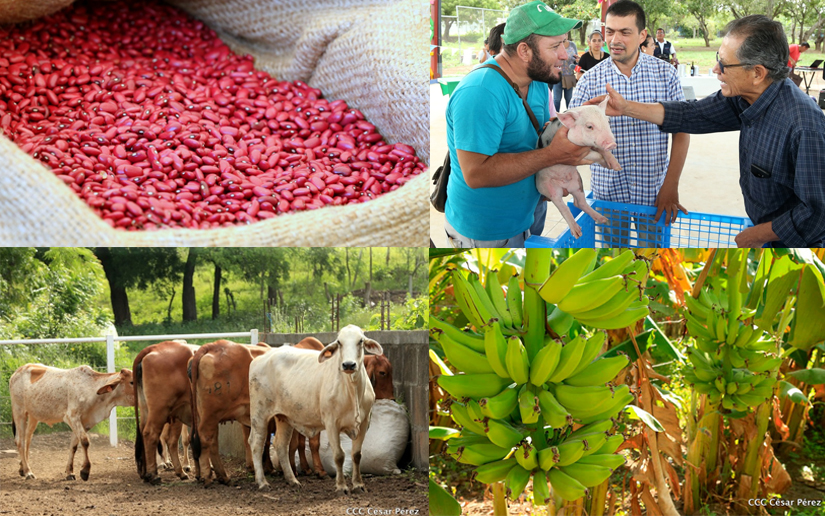The use of various technologies, bio-inputs and technical training of the families in the field, axes of Sandinista government aimed at raising the quality of life in the rural area of Nicaragua, are increasingly transforming this historically forgotten sector.
Just look at the northern part of the country, particularly the Biotechnology, Bio-inputs and Agri-Food Laboratory, where various studies are developed to deliver increasingly advanced technologies to producers in the area.
Henry Pedroza, from the hypoharvest food laboratory, states that in this specific space, the objective is to complement the phyto-improvement research and food and postharvest research processes.
In this sense, it ensures that the Nicaraguan Institute of Agricultural Technology (INTA) develops different biofortified varieties, which in turn must comply with nutritional quality parameters.
“It is necessary to know the nutritional characterization of the varieties to also know what nutrients contribute to the food security of the Nicaraguan population “, he assures during an interview about it.
Likewise, research processes are carried out in analysis, formulation and product development, as well as standardization processes, among others.
Pedroza details that compliance with the quality parameters in agribusiness and in the food security of the population is guaranteed.
Some of the crops they focus on are corn, beans, amaranth, sesame and soybeans, and research is being carried out on each one for their analysis.
He states that Nicaragua has been characterized as a country that only exports raw materials, however it is intended to achieve the full agro-export potential of the varieties produced in the country.
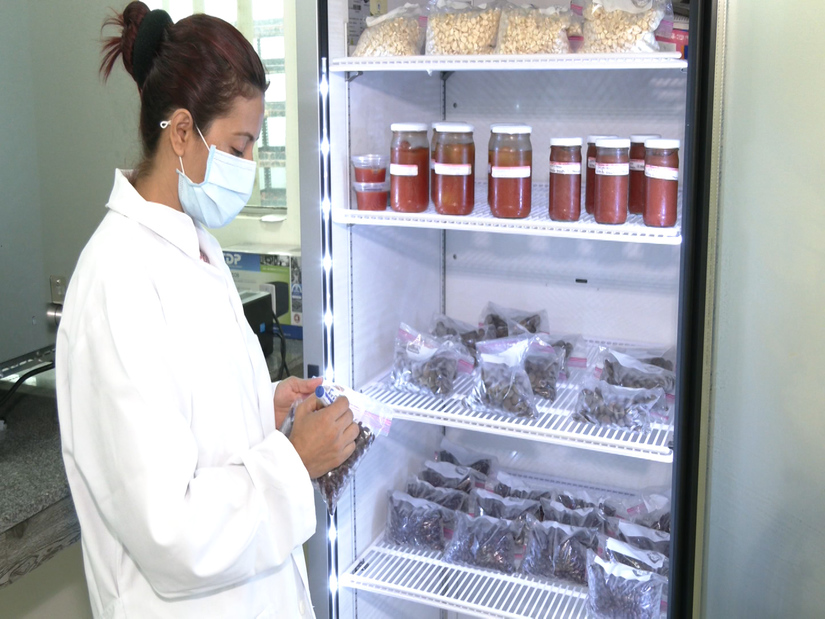
Biological inputs
Ana Alanís, specialist in agrobiotechnology, from National Center for Biological Inputs, part of the agrobiotechnology laboratory, specifies that different bio-inputs or biological microorganisms are multiplied in it, aimed at the agroecological management of crops.
“All this type of microorganisms is facing either against pests and diseases and fertilization of our crops “, he claims.
At the same time, he comments that they have different modules that are in charge of multiplying these technologies in the different regions of the country.
These bioinsumos They have different multiplication times, even achieving multiplication through media, of the rhizobium bacteria, which does not multiply in the country natively.
“It is a bacterium that is specific for the bean crop, we well know that in our country it is one of the most important crops and therefore it is a grain that INTA already has the multiplication of rhizobium ”, he assures.
Since the national bio-inputs strategy began in 2016, significant progress has been made.
Alanís, points out that it is well known that many of the producers already know the importance of bio-inputs.
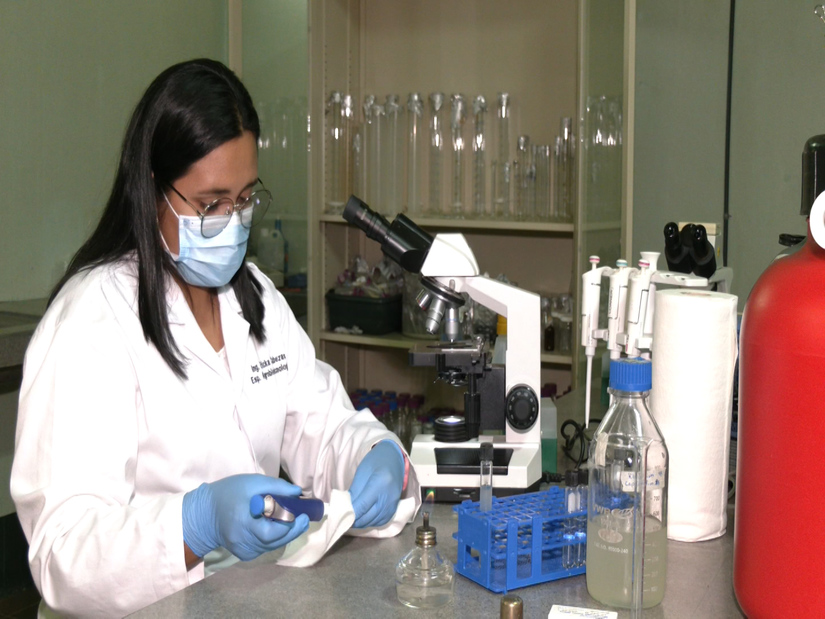
School in the country
In addition to these important processes that seek to provide better tools to producers, efforts are being made to increase their technical capacity through schools in the field.
Mayer López, transfer technician in the municipality of San Lorenzo, pointed out that in the Laguna de San Onofre community the field technical school is being developed in which 25 protagonists participate.
In it, subjects such as animal health, crop development, nutrition and soil fertilization are taught, in addition to their conservation.
“In fact, they already have basic knowledge, they live in the field, they are people who have worked all their lives in the field, what we are doing is contributing a little more technical knowledge to contribute to the management of livestock, the management of the crop. “, Explain.
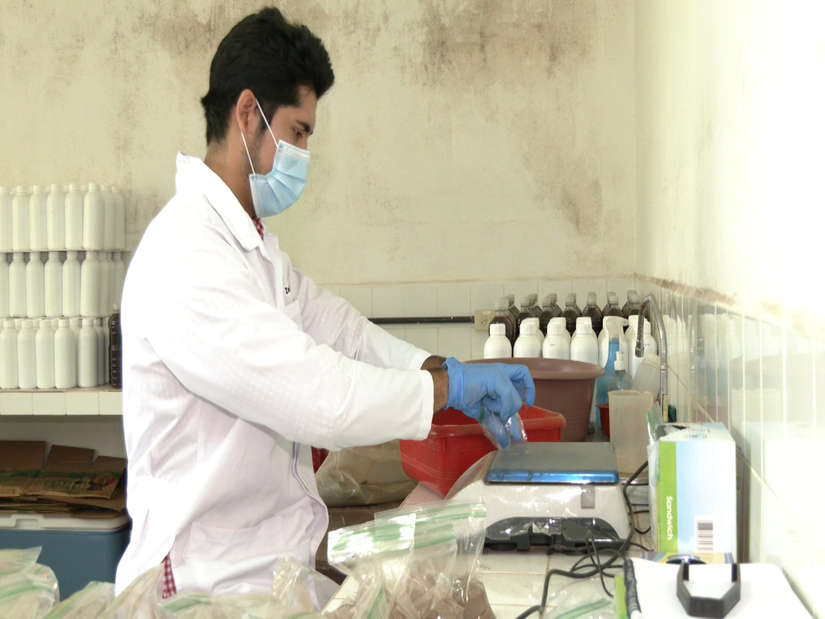
Empiricism is lagging behind
Carmenza Reyes, one of the protagonists of the country school, comments that despite living all her life in the countryside, she was unaware of some things such as the creation of nurseries for crops such as tomato and chiltoma, which she has installed today and has been Of great usefulness.
“What I think is to move on, to continue studying, not only myself, but also to invite other colleagues so that they too can learn. Before they were only men and now it is seen that it is a benefit of all, although before they did not take us into account, thank God they take us into account and women are in the first place “, he claims.
Another of them, Johnatan Valenzuela, expresses the optimism of generating better and more advanced knowledge, mainly because his own subsistence depends on the field.
“So, when we know how to manage our livestock, we are going to try to improve, improve it, because in deworming there is a broader development in livestock because parasites are going to disappear from our livestock, so it will grow, they will to have our development, fattening “, he claims.
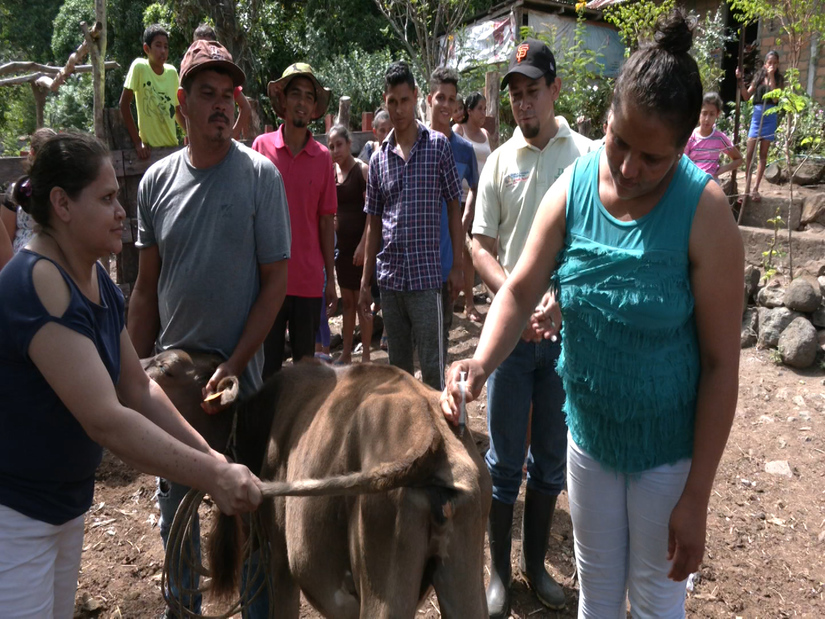
Water reservoirs
Moisés Obregón, IPSA veterinarian, says that another of the tools explained in these study focuses is to maintain water reservoirs, to contribute to livestock in dry territories and also to take advantage of home use.
“It is to be able to have a tool to be able to implement it in our production systems, with the knowledge acquired in these meetings, the boys later carry out practices, to publicize the benefits that we can use in this type of system “
According to Obregón, the teaching method is 20% theory and 80% practice, which allows them to get hold of this knowledge more quickly.

Julio Serrano, one of the students, stressed that this knowledge contributes greatly to improving the productivity of their plots.
“Of course it helps, because now that you have water you water your crops, these country schools are good, because it helps us and the people too, because it is a benefit for everyone, knowledge did not have it in the first place, but now yes and it is a good knowledge for us “,
He recalled that before these technical classes existed, they had to pay to have their cattle inseminated.
“The Good government It is helping us in that, to learn, to do it for ourselves and to save money. I am not that old, but before I heard that they did not take women into account, the men knew more about insemination than we did and now we can do it “, he assures.
For the producers of the area, the living conditions have improved a lot, managing to avoid losses and on the contrary, obtaining more and more profits thanks to the continuous improvement of the products of their lands.
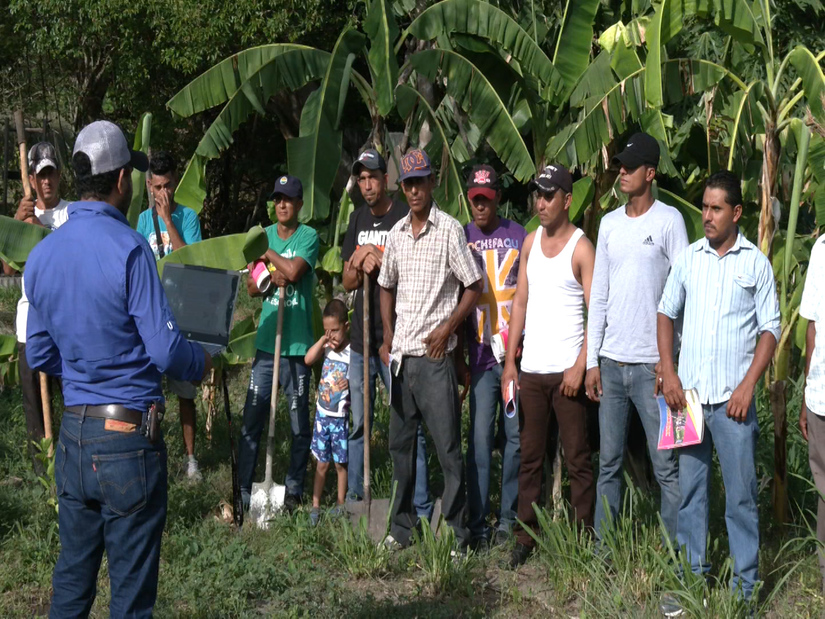
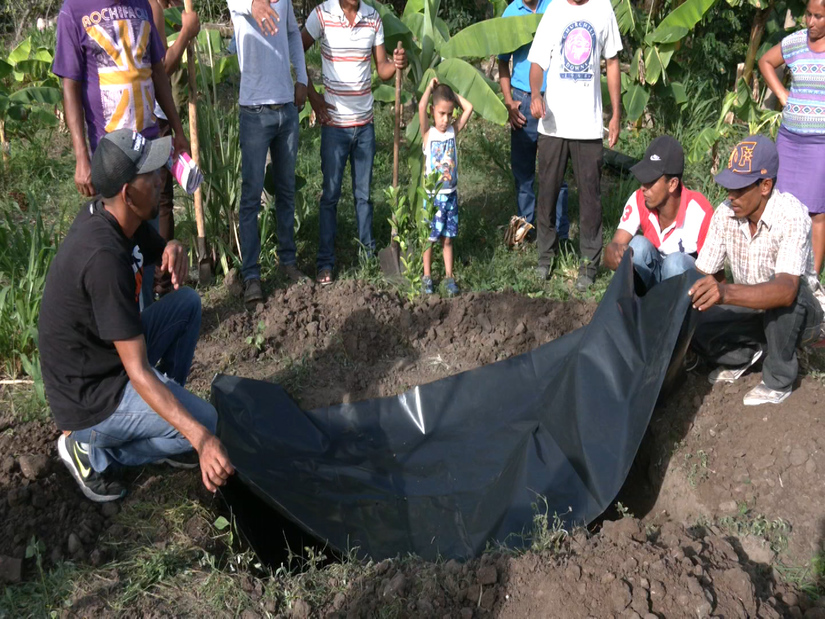
– .
